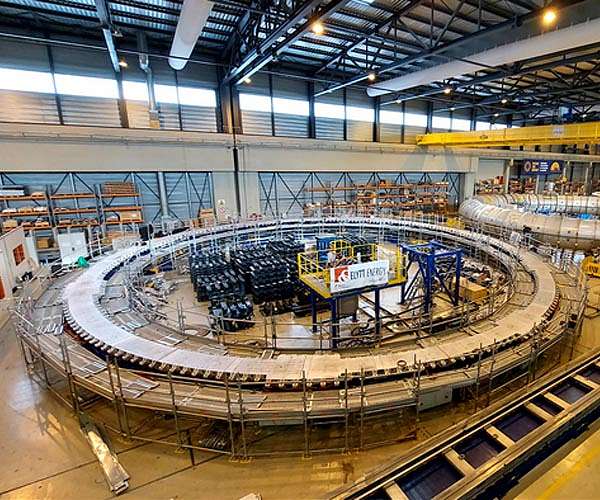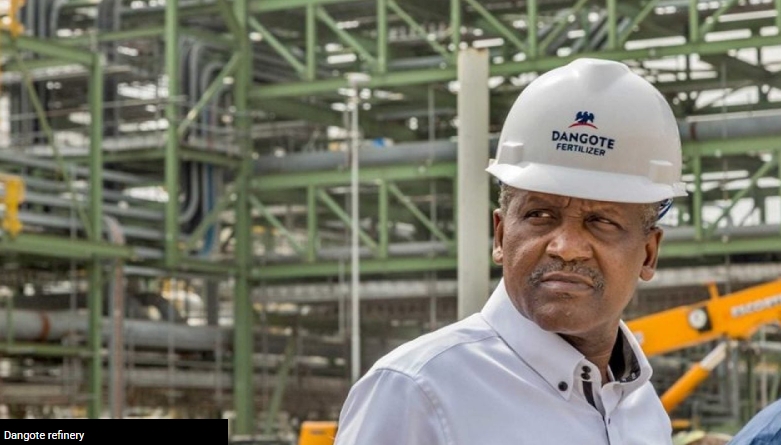

by Clarence Oxford
Los Angeles CA (SPX) Aug 20, 2024
Nuclear fusion has long been heralded as the future of clean, large-scale energy production, offering the potential to generate power without carbon emissions, using deuterium extracted from seawater. Despite decades of research and significant investment, major challenges persist. According to Ju Li, the TEPCO Professor in Nuclear Science and Engineering and a professor of materials science and engineering at MIT, the two main obstacles are achieving a net positive energy output from fusion reactors and efficiently managing the extreme heat generated in the process.
MIT's Energy Initiative (MITEI) is focusing on the development of advanced materials that could help overcome these obstacles. Corporate partners have been supporting these efforts to create the technology necessary to harness fusion energy.
The Challenge of Helium Accumulation
At the core of a fusion reactor is superheated plasma contained within a vacuum vessel. As fusion reactions occur, they produce high-energy neutrons that pass through the walls of this vessel, gradually losing their energy by causing radiation damage and generating heat, which is then transferred to a coolant. This heat is ultimately used to produce steam, driving turbines that generate electricity.
A significant issue, however, is the durability of the vacuum vessel. While the neutron-induced damage should allow the vessel to last around a decade, projections based on the materials currently used indicate a much shorter lifespan - between six and twelve months. The culprit is the fusion neutrons' high kinetic energy, which leads to the formation of helium atoms within the vessel's metal structure. These helium atoms tend to accumulate in areas of the metal known as grain boundaries, eventually causing the metal to crack and the vessel to fail.
Ju Li explains this process with an analogy: "Babylon is a city of a million people. But the claim is that 100 bad persons can destroy the whole city - if all those bad persons work at the city hall." The key to solving this problem lies in diverting the helium atoms away from the grain boundaries to prevent them from causing structural failure.
Innovative Materials Approach
Li and his team have proposed a solution: adding nanoscale particles of a secondary material with even lower helium embedding energy than the grain boundaries. This approach, tested both theoretically and experimentally over the past two years, has shown promise. By incorporating these particles into the metal, they have successfully prevented helium atoms from congregating at the grain boundaries.
In practical experiments, researchers So Yeon Kim ScD '23 and Haowei Xu PhD '23 tested a composite material composed of two phases, one of which had a lower helium embedding energy. They implanted helium ions into the sample and used transmission electron microscopy to observe the formation of helium bubbles, which predominantly occurred in the phase with lower embedding energy. This confirmed that the approach could effectively protect the more vulnerable grain boundaries.
The researchers also sought to identify compounds that could be integrated into iron, the primary metal used in fusion reactor vacuum vessels. They discovered that the atomic-scale free volume - a measure of the internal space available for helium atoms - correlates well with helium embedding energy. This metric allowed them to screen potential helium-absorbing materials, ultimately identifying iron silicate as a strong candidate for inclusion in vacuum vessel walls.
Experimental Success and Future Directions
To validate their findings, the researchers dispersed nanoscale iron silicate particles into iron and observed the effects of helium implantation. X-ray diffraction (XRD) images taken before and after implantation confirmed that the helium atoms were being absorbed by the iron silicate particles, reducing the formation of bubbles along the grain boundaries.
Li's team found that adding just 1 percent of iron silicate by volume could halve the number of helium bubbles and reduce their size by 20 percent, significantly improving the material's durability.
The researchers are now moving towards commercializing their findings. They have developed powders compatible with 3D printing technologies, which are preloaded with helium-absorbing nanoparticles. These materials are designed to protect the structural metals in fusion reactor vacuum vessels, although further scientific and engineering work remains to be done. Li and his colleagues, including Alexander O'Brien PhD '23 and Kang Pyo So, have already established a startup company to commercialize this technology and produce fusion reactor components.







